Environmental Contribution Products
Introducing environmental contribution products
Chemical industry products are used in all sectors as materials that support society and that are needed to allow people to lead safe and comfortable lives. We seek to create a sustainable society together with everyone through the provision of chemical industry products.
We recently established a system for certifying products that help solving environmental issues, and improving the environment throughout their life cycles – from the stage at which raw materials are extracted to the stage at which the final products are disposed of – as environmental contribution products and internally certified four products as environmental contribution products in accordance with this system.
In the process by which an environmental contribution product is certified, the extent to which the product makes an environmental contribution is assessed by taking a look at, based on our rules for certification of environmental contribution products, such as, how the product reduces CO2 emissions, saves energy, harnesses new energy, reduces waste, is linked to resource saving and recycling efforts, and reduces environmental pollutants. We also take into account the extent to which the product contributes to the realization of a sustainable society and the ways in which the product provides an economic or technological edge.
The certification process and establishment has been reviewed by an environmental consultant (Wastebox, Inc.). We also intend to incorporate the proactive development of environmental contribution products into our research and development process and thereby increase the percentage by which such products account for all products.
Products that have been certified as environmental contribution products:
- 1. BESPA(Dielectric material for MLCCs)
- 3. SMERF (Anisotropic conductive adhesive for mounting IC chips for RFID tags)
- 2. High-purity Barium Carbonate (Raw material for dielectric materials for MLCCs)
- 4. Cuprous Oxide (Antifouling agent for ship-bottom paints)
- 5. EXPERT (Lead/Chromium-free rust preventive agent)
| Product name | Effects(grounds for certification) | |
|---|---|---|
| BESPA |
BESPA is used as a dielectric material for MLCCs (multilayer ceramic capacitors). MLCCs are used in low-power consumption electronic equipment, EVs, and EV-charging facilities. |
BESPA 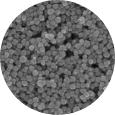 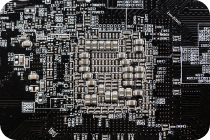 Circuit board onto which MLCCs mounted |
| High-purity Barium Carbonate |
High-purity barium carbonate is used as a raw material for dielectric materials for MLCCs. |
|
| SMERF | SMERF is an anisotropic conductive adhesive for mounting IC chips for RFID tags. RFID tags are used as product tags and for inventory and process management purposes, among other examples, and greatly help to achieve efficiency and labor-saving gains in sales and logistics and reduce CO₂ emissions.
SMERF is used with RFID tags integrated into not just PET substrates but also paper substrates, thereby facilitating environmentally-friendly product design. |
SMERF 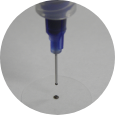  Product management using RFID tags |
| Cuprous Oxide |
Cuprous oxide is extensively used as an antifouling agent for ship-bottom paints to prevent barnacles and other such organisms from adhering to the bottom of a ship. By significantly improving fuel consumption of ships in motion, this product helps reduce CO₂ emissions. |
Cuprous oxide 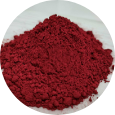  A vessel to which ship-bottom paint has been applied |
| EXPERT |
EXPERT is used as a rust preventive agent in JIS K 5674 (Lead/Chromium-free anti-rust paint). It is mainly used in the paints for outdoor structures such as bridges and steel towers, and demonstrates excellent rust prevention effects. |
EXPERT 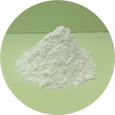 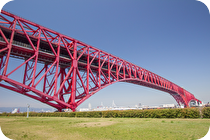 A bridge to which the anti-rust paint has been applied |
Please contact us for inquiries about Sustainability


